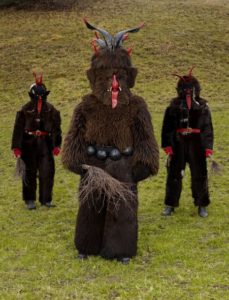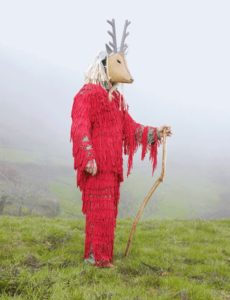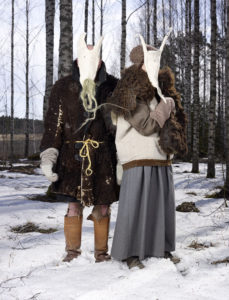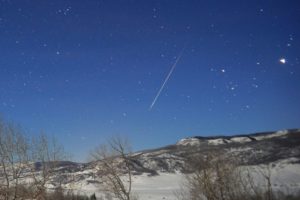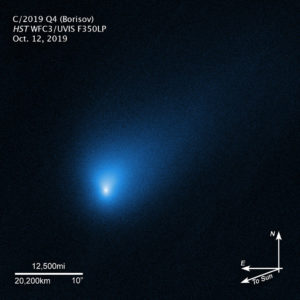When the Sun has faded and darkness spreads across the wintery landscape, the best response is to celebrate it.
Today, December 21, marks the Winter Solstice–the longest night and shortest day of the year, when the Earth’s North Pole is tilted farthest from the Sun during its orbit. Today also marks the astronomical beginning of the winter season–which is why, you may have noticed, it’s so cold. Brrr.
Take solace in the fact, though, that also from today, the days grow longer and the nights grow shorter until, come the Spring Equinox in March, daytime and night-time are perfectly balanced.
Ancient cultures knew this, and found ways to celebrate the Solstice. Rome had their Saturnalia celebration, which began on Dec. 17 and lasted seven days. Scandinavia had the Feast of Juul, when a Yule log was burned to honor the god Thor. And the Incas, in South America, celebrated (as some still do) the Festival of the Sun–although, being in the Southern Hemisphere, it fell not in December but in June.
Here are some photos of costumes worn at winter celebrations around the world, from dangerousminds.net. Stay warm, and enjoy.
